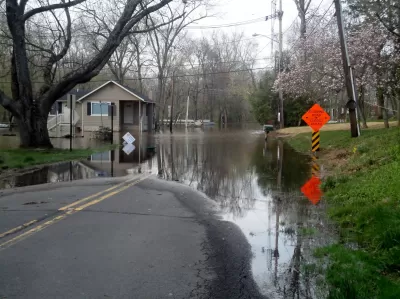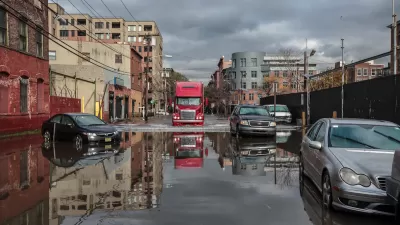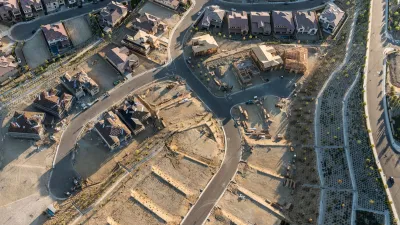The Biden administration has awarded $10 million for an additional 10 climate resilience centers as part of the Justice40 Initiative.

The Biden administration recently announced the formation of 10 university-based climate resilience centers located across the country, reports Ysabelle Kempe for the Utility Dive. According to a press release from the Department of Energy, the CRCs are part of the administration’s Justice40 Initiative and are designed to ensure that all Americans are benefitting from scientific research. The announcement follows the establishment of six climate resilience centers in September 2023 and two research centers focused on heat monitoring and resilience in May 2024.
The goal of the CRCs is to increase communities’ access to science-based information and resources to address the growing threat of climate-fueled extreme weather. Armed with $10 million in funding and access to the resources, including modeling and data, of the DOE’s national laboratories, the latest 10 CRCs are charged with developing the tools that local stakeholders need to build resiliency.
The move comes after the Fifth National Climate Assessment revealed communities’ adaptation efforts are not keeping pace with the so far are not enough to keep pace with the intensifying and more frequent weather related disasters caused by the changing climate, the Utility Dive article reports.
Here is a list of the 10 latest climate resilience centers, located in 10 different states:
- Saint Louis University, Missouri
- City College of New York
- South Dakota School of Mines and Technology
- University of Texas-Arlington and Texas A&M University-Corpus Christi
- Central State University and The Ohio State University
- University of Alaska Fairbanks
- Florida Institute of Technology
- Central Michigan University
- University of Massachusetts Lowell
- Lehigh University, Pennsylvania
FULL STORY: With 10 new climate resilience centers, DOE aims to translate research into local action

Alabama: Trump Terminates Settlements for Black Communities Harmed By Raw Sewage
Trump deemed the landmark civil rights agreement “illegal DEI and environmental justice policy.”

Planetizen Federal Action Tracker
A weekly monitor of how Trump’s orders and actions are impacting planners and planning in America.

The 120 Year Old Tiny Home Villages That Sheltered San Francisco’s Earthquake Refugees
More than a century ago, San Francisco mobilized to house thousands of residents displaced by the 1906 earthquake. Could their strategy offer a model for the present?

LA’s Tree Emergency Goes Beyond Vandalism
After a vandal destroyed dozens of downtown LA trees, Mayor Karen Bass vowed to replace them. Days later, she slashed the city’s tree budget.

Sacramento Leads Nation With Bus-Mounted Bike Lane Enforcement Cameras
The city is the first to use its bus-mounted traffic enforcement system to cite drivers who park or drive in bike lanes.

Seattle Voters Approve Social Housing Referendum
Voters approved a corporate tax to fund the city’s housing authority despite an opposition campaign funded by Amazon and Microsoft.
Urban Design for Planners 1: Software Tools
This six-course series explores essential urban design concepts using open source software and equips planners with the tools they need to participate fully in the urban design process.
Planning for Universal Design
Learn the tools for implementing Universal Design in planning regulations.
Ada County Highway District
Clanton & Associates, Inc.
Jessamine County Fiscal Court
Institute for Housing and Urban Development Studies (IHS)
City of Grandview
Harvard GSD Executive Education
Toledo-Lucas County Plan Commissions
Salt Lake City
NYU Wagner Graduate School of Public Service





























